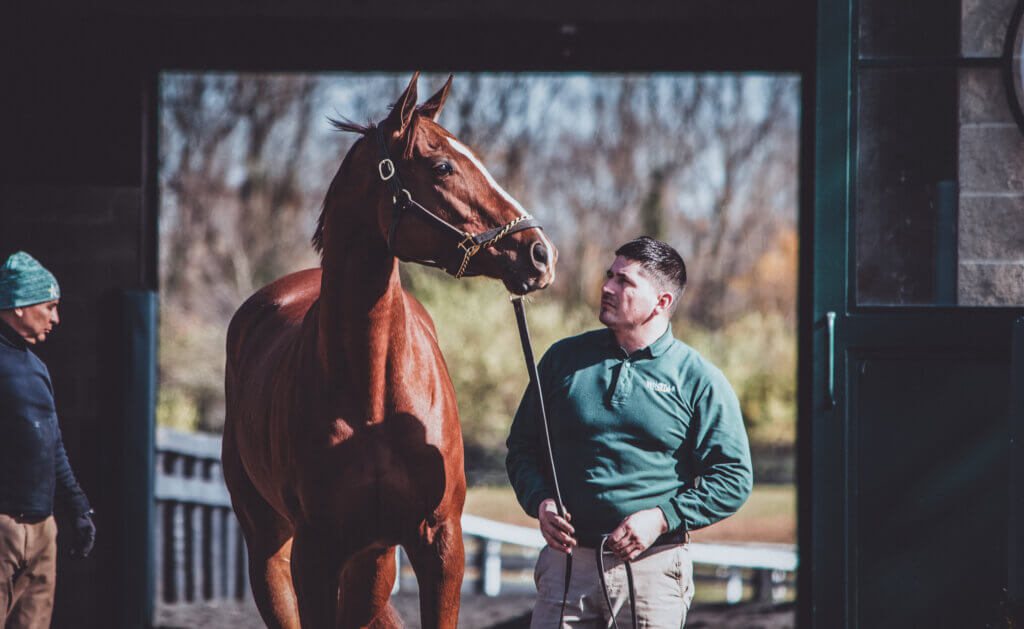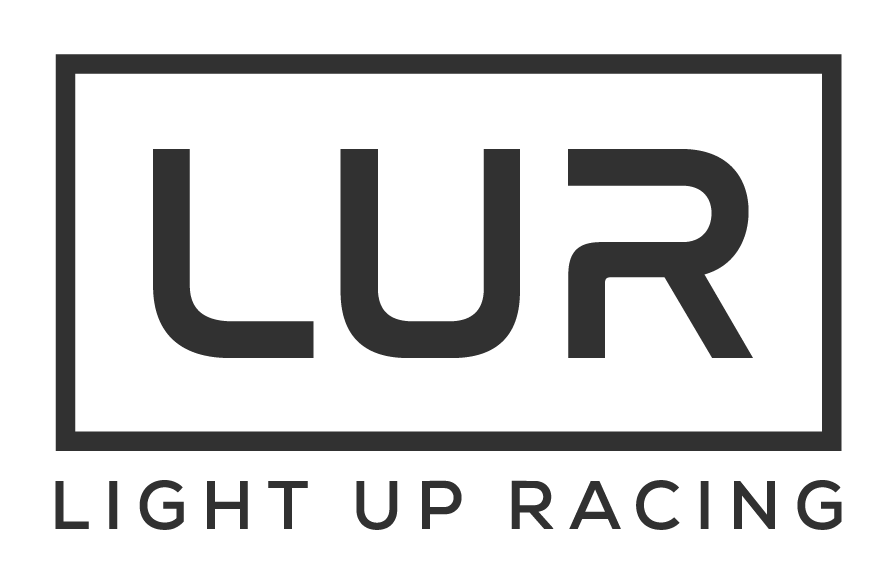In the vast majority of cases, horses recover perfectly well and race on after fractures, just like humans. Euthanizing a horse with a broken leg is not a simple decision, but when it is considered necessary it is for humane reasons based on veterinary experience and best practices.
The American Association of Equine Practitioners states that:
“Euthanasia is an acceptable humane procedure once all available alternatives have been explored with the client. In certain cases, euthanasia should be regarded as a responsible treatment option. The AAEP supports euthanasia when that choice is best for the horse and in accordance with the role of the veterinarian as the animal’s advocate.”
The AAEP recommendations include guidelines to be considered in evaluating the need for humane euthanasia of a horse and recommend that a horse should not have to endure the following:
- Continuous or unmanageable pain from a condition that is chronic and incurable.
- A medical condition or surgical procedure that has a poor prognosis for a good quality of life.
- Continuous analgesic medication and/or box stall confinement for the relief of pain for the rest of its life.
The first and most obvious reason why euthanasia is sometimes necessary when a horse breaks a leg is that not all fractures are able to be repaired successfully. The biggest issue, that is unique to horses, is that they cannot bear weight for prolonged periods of time on three legs. As a result there is minimal flexibility for complications in the operated limb. The veterinary profession has made significant advances in fracture repair with improved techniques and equipment, as well as new methods of pain management.
Surely you could save them if you really wanted to?
One of the ‘false facts’ often thrown out by racing’s opponents is that racehorses are euthanized when they break their legs because the owners would rather do that than pay for the surgery and recovery costs.
There are many examples where horses with little financial value are operated on and go on to have quality lives afterwards, but sadly there are other examples where horses with significant value cannot be saved in spite of valiant efforts.
Problematic recoveries
When a person breaks a leg they will usually be sent home from hospital in a cast and told not to put any weight on it for several weeks.
So, why can’t a horse do the same?
Because of horses’ large body mass, they cannot keep weight off any single leg for extended periods without the risk of complications, such as support limb laminitis.
Apart from laminitis, another thing which complicates the recovery of horses after severe fractures is how they behave immediately after the surgery. Whilst plates and pins can be used to fix broken horse legs, just as they can in humans, when horses wake up after anesthesia they tend to be stressed and anxious. If they move around too much, they can re-injure themselves and cause even worse damage than before.
Horses can’t lie down for extended periods of time and must remain standing for their survival instincts. This makes it challenging to ensure that the leg remains immobile during the healing process.
Horses can’t lie down for extended periods of time and must remain standing for their survival instincts. This makes it challenging to ensure that the leg remains immobile during the healing process. Moreover, even if a horse is able to stand, it doesn’t guarantee that the leg will heal properly or even at all.
Recovery from a broken leg is further complicated by the fact that horses are creatures of habit and routine, meaning they do not adjust well to change. When a horse has a broken leg, it suffers from low mood and without adequate interaction with other horses, it may become depressed. Moreover, prosthetic limbs are not a common solution for horses with broken legs, as they have difficulty adjusting to them and the weight distribution poses challenges.
Then there are the complications of open or compound fractures. Because a horse’s legs are long and thin, which allows them to run fast, there isn’t much flesh separating the bone from the outside world. If the bone penetrates the skin, turning it into an open fracture, it is difficult to heal properly.
Just like humans, there is a high risk of infection and further problems if any sharp bits of bone damage the blood supply, making healing more difficult.
New technology
New scientific research and innovative technologies are beginning to assist. Prevention is the best form of reducing the risk and the innovation around screening tools has increased rapidly in recent years.
Navigating the decision to euthanize a horse with a broken leg involves weighing medical prognosis, quality of life considerations, and the horse’s unique physiology. While challenges persist, ongoing research and technological innovations offer hope for improving outcomes and minimizing the need for such difficult choices in the future.



